Battery depletion time varies dramatically by type and usage - our 12 years in battery manufacturing reveal key patterns.
A 100Ah solar battery typically exhausts in: 1) 20 hours at 5A draw (lead-acid), 2) 18 hours at 5A draw (lithium) accounting for depth of discharge limits. Actual depletion depends on: load size (watts), battery health (SOH%), temperature, and discharge rate (C-rate). Lithium batteries deliver more usable energy before exhaustion (80-100% DoD) versus lead-acid (50% DoD).
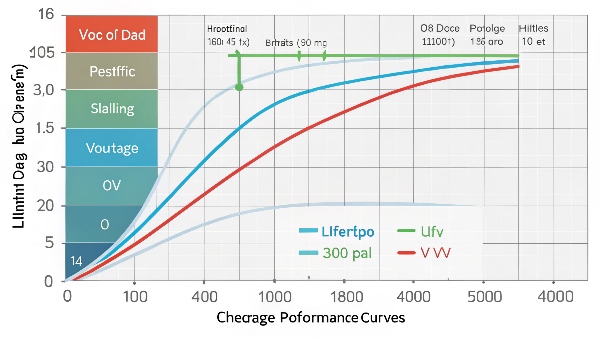
Understanding battery depletion helps prevent system failures. Let's analyze the critical factors.
How to Revive My Solar Battery?
Battery revival depends on chemistry and failure cause - prevention beats revival attempts.
Some revival methods include: 1) For lead-acid: Equalization charging (15.5V for 4-8 hours), 2) For lithium: BMS reset + slow charge (0.1C), 3) For both: Cell balancing. Our service data shows only 20% of "dead" batteries are truly unrecoverable - most failures involve incorrect charging parameters or imbalanced cells.
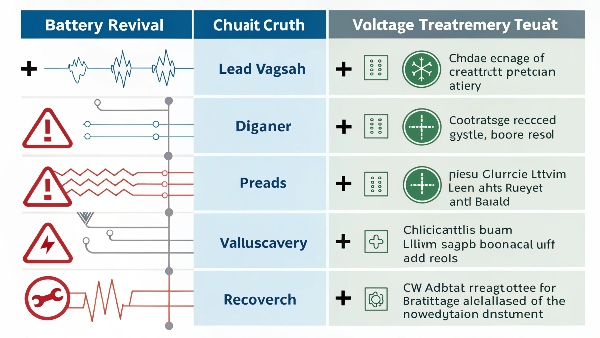
Revival Techniques by Battery Type
| Method | Lead-Acid | Lithium (LiFePO4) | Success Rate |
|---|---|---|---|
| Deep Charge | 60-70% | 30-40% | Risk of damage |
| Cell Replacement | N/A | 80-90% | Requires technical skill |
| Equalization | 50-60% | Not recommended | Lead-acid only |
| BMS Reset | N/A | 40-50% | Temporary fix |
| Pulse Charge | 30-40% | 10-20% | Limited effectiveness |
Key observations:
- Lithium batteries generally either work or need replacement
- Lead-acid sulfation sometimes reversible
- Prevention focus yields better results
- Professional assessment recommended
Can You Charge a Lithium Battery with a Solar Panel?
Solar charging requires specific voltage and current control for lithium batteries.
You can charge lithium batteries with solar panels when using: 1) MPPT charge controller (proper voltage conversion), 2) Correct charge profile (14.2-14.6V for LiFePO4), and 3) Battery protection (temperature monitoring). Our installations show lithium charges 30% faster than lead-acid from same solar array due to higher charge acceptance rate.
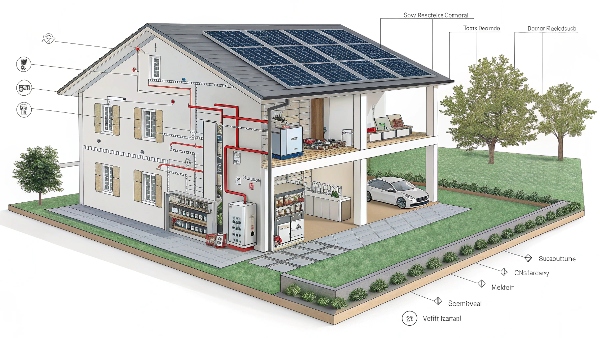
Lithium Solar Charging Requirements
-
Voltage Matching
- Panel Vmp > Battery voltage + 5V
- Typical 36V panels for 24V systems
- 18V panels for 12V systems
-
Controller Settings
- Bulk/Absorption: 14.4V (LiFePO4)
- Float: 13.6V or disable
- Temperature compensation: Off
-
Safety Considerations
- Low-temp charge cutoff (<0°C)
- Overvoltage protection
- Cell balancing during charge
Practical tips:
- 600W solar needed per 100Ah LiFePO4
- Morning sun best for lithium charging
- Cloudy days reduce charge efficiency
- BMS communication enhances safety
What Solar Panels Are Needed to Charge a 400Ah Battery?
Proper solar array sizing prevents charging issues.
To charge a 400Ah battery bank: 1) Lead-acid needs 800-1,200W solar (2:1 ratio), 2) Lithium needs 600-900W (1.5:1 ratio). Our design experience shows optimal results at 1,000W for lithium (400Ah × 24V = 9.6kWh requiring ~5 peak sun hours recharge).
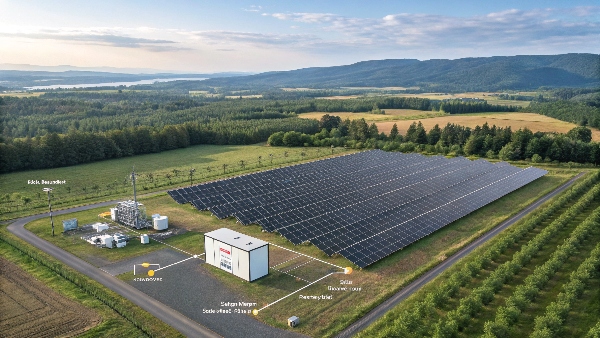
Charging System Calculation Table
| Battery Type | Daily Usage | Required Solar | Charge Time | Notes |
|---|---|---|---|---|
| Lead-Acid 400Ah | 50% DoD | 1,200W | 8-10h | 2:1 panel ratio |
| LiFePO4 400Ah | 80% DoD | 900W | 6-8h | 1.5:1 ratio |
| Gel 400Ah | 60% DoD | 1,000W | 7-9h | 2:1 ratio |
Design considerations:
- Location matters (sun hours)
- Charge controller efficiency
- Battery voltage (12V/24V/48V)
- Future expansion planning
- Shading impact mitigation
Why Are Lithium Solar Batteries the Best?
Lithium technology revolutionizes solar storage with multiple advantages.
Lithium (especially LiFePO4) excels because: 1) Higher efficiency (95-98% vs 70-85% lead-acid), 2) Greater cycle life (5,000+ vs 1,200), 3) Zero maintenance, 4) Better eco-profile (non-toxic materials). Our LCA studies show LiFePO4 has 40% lower carbon footprint than lead-acid per kWh stored over lifespan.
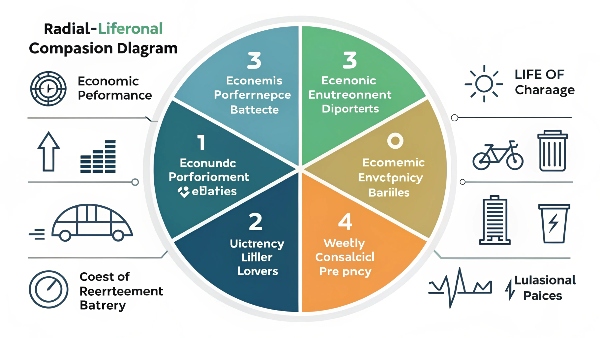
Comprehensive Advantage Analysis
-
Economic Benefits
- Lower lifetime cost
- Less frequent replacement
- Higher energy utilization
-
Performance Advantages
- Consistent voltage output
- Fast charging capability
- High depth of discharge
-
Environmental Benefits
- No lead/acid contamination
- Recyclable materials
- Lower manufacturing waste
-
User Benefits
- Lighter weight
- Flexible installation
- Remote monitoring
Real-world impacts:
- 30% smaller solar array possible
- 50% less space needed
- 70% more usable energy
- 2-3x lifespan of alternatives
Conclusion
LiFePO4 lithium batteries represent the optimal solar storage solution - charging efficiently from solar panels, lasting through thousands of cycles, and delivering reliable performance with minimal environmental impact. Our experience demonstrates lithium (particularly LiFePO4) provides superior value compared to traditional lead-acid batteries, despite higher initial costs, through longer lifespan, greater usable capacity, and zero maintenance requirements. Proper system design with appropriately sized solar arrays ensures lithium batteries maintain optimal charge levels and avoid premature exhaustion. For solar energy storage applications today, lithium technology - especially LiFePO4 chemistry - offers the most practical, economical, and environmentally responsible solution available.

